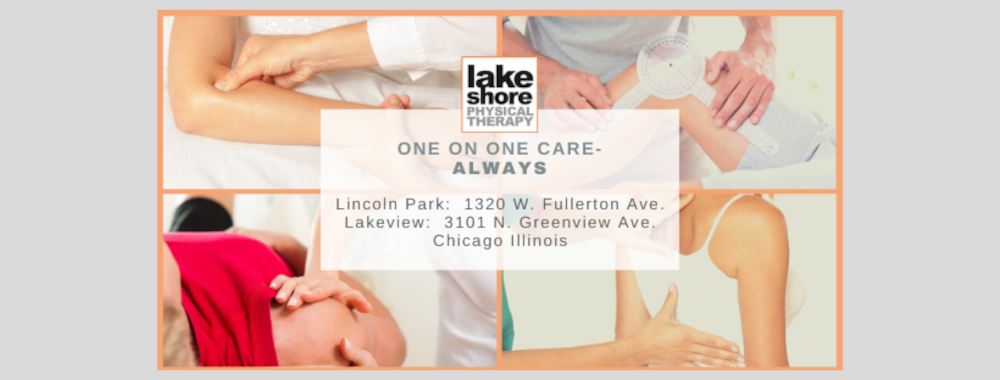 |
| by Lauren Sweeney, Office Manager |
It's easy to go too far the other direction as well. As I feel myself start to slouch at my desk, I sometimes attempt too much correction to achieve proper
posture, squeezing my shoulder blades together in an attempt to sit
up straighter. Unfortunately, this exaggerated movement is also not a neutral spine position, and can be every bit as uncomfortable as slouching. To achieve a neutral spine - meaning that the three natural curves of the spine are present and in good alignment - try the following:
•
Open up your chest slightly and align your ears over your
shoulders.
•
Sit smarter by keeping your back in contact with the back of your chair and your feet squarely on the ground. Try not to cross your legs.
•
If you work at a computer, position your screen to avoid straining forward and jutting your chin out. Be sure to seek proper corrective eyewear if needed.
•
When using a mobile phone, move your phone up instead of dropping your head to your phone to avoid "texting neck."
Posture
is not simply a description of one's physical state - it is also often a
reflection of one's emotional and mental state. I feel more relaxed and confident when I'm maintaining strong posture: I'm able to breathe more easily and do my job more efficiently because my body is well supported. Conscious awareness of your own posture is the best way to start making a change in both how you look and feel. Good posture can instantly make you look an inch taller, more confident, younger, and slimmer. Why not give it a try?



